We are excited to share our conversation with awesome photographer and Black and White Nature Photo Contest guest judge Chris Schmid. "My body of work is the result of learning from mistakes and by experience. Most of all, I seek, appreciate, and respect a solid critique. There is nothing more humbling (or inspiring) than hearing an honest opinion of my work from a friend or other photographers." Since August 2014, Chris is very proud to be part of the Sony Global Imaging Ambassador program. Learn more.
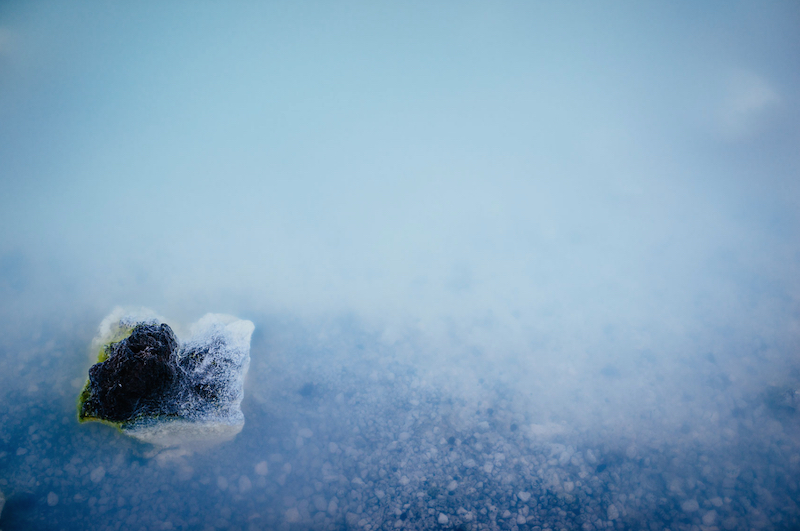
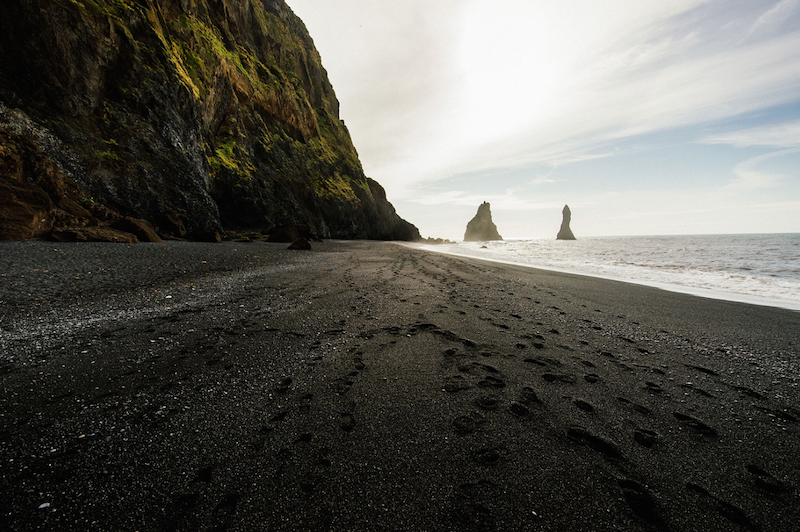
Tell us a bit about yourself, how do you describe your photography style?
As a photographer I think it’s quite hard to describe its photographic style because it’s like something you’ve inside of you. It guides you to decide to take an image in a specific way with your own perception of the surrounding. That’s why two photographers in the same place at the same time will always have different images because they’ve two different perceptions. In my case I’m always trying to stay as simple as possible with my images like a shadowgraph. Making the main subject as important as the environment. Giving the opportunity to the viewer to travel inside the image in very important for me.


In once sentence what has photography done for you in your life?
For me photography is a way to educate, allowing people to pass on their cultures - the foundation of knowledge.
When did you start taking photos and what inspired you to get started?
Well, I’ve always been fascinated by photography, this capacity of capture an unique moment in time. But I started seriously to take photo during a travel in Australia in 2005. I was so impressed by the beauty of this country that I wanted to be able to capture this magic light to take it with me. So I bought my first DSLR in Australia and start to take some images and I just couldn’t stop. So I continue when I went back to Switzerland and start to buy more lenses, update my stuff, etc.
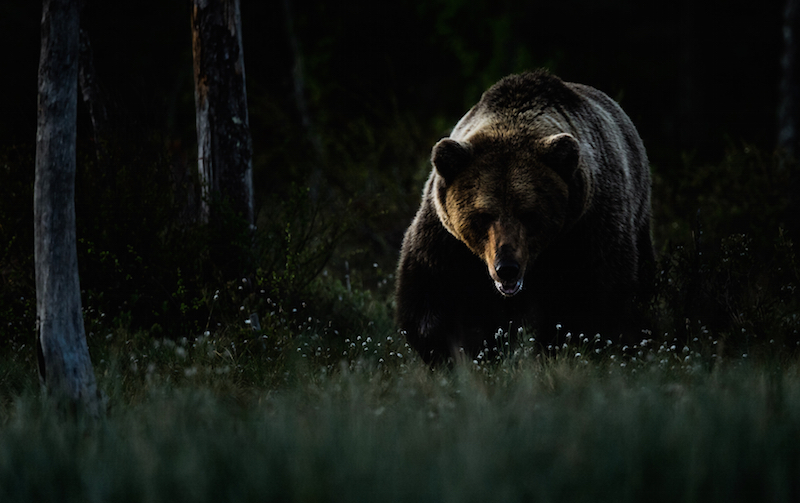
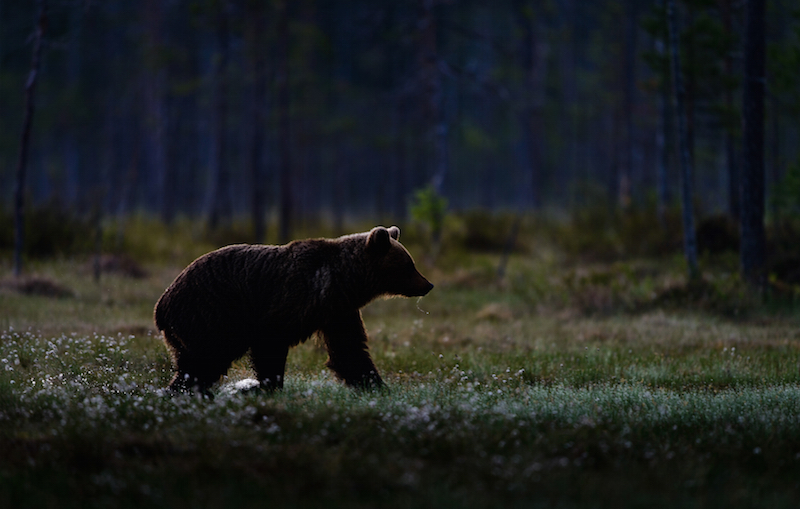

Do you have any influencers?
Yes I’ve but they’re quite different in style from each other. I’m always impressed by the outdoor still and motion images by Corey Rich, the simplicity of mother nature by Vincent Munier and the fabulous images by Paul Nicklen. And of course the magic atmosphere and light made in Chris Burkard.
What has been your favorite shoot and why?
This is quite hard to answer because every shoot has something special and unique. But I’ve a huge preference of shooting in wide place like Namibia and Iceland. I’m quite allergic about crowd places and big city so I try to avoid them. For me my favorite shooting could be this female leopard in the Okavango Delta in Botswana. We spent around 3 hours observing her. I always prefer to keep a long distance with the animal to avoid disturbing them and capturing the more natural comportment. She was on rutting so she start roaring during around 15 minutes in a total silence at sunset. It was just magic to be able to live such incredible moments.

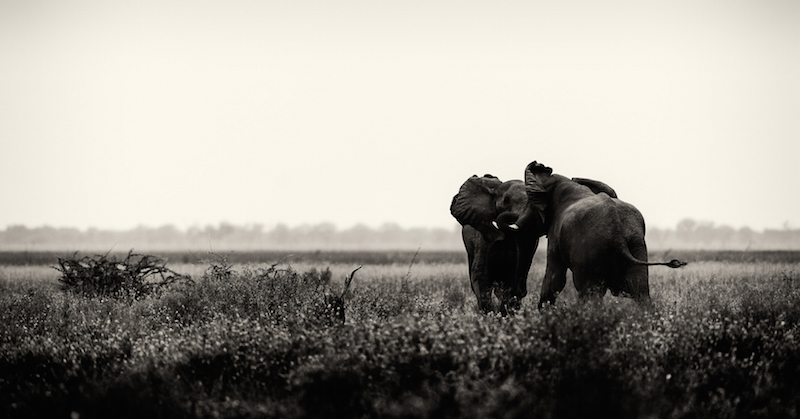
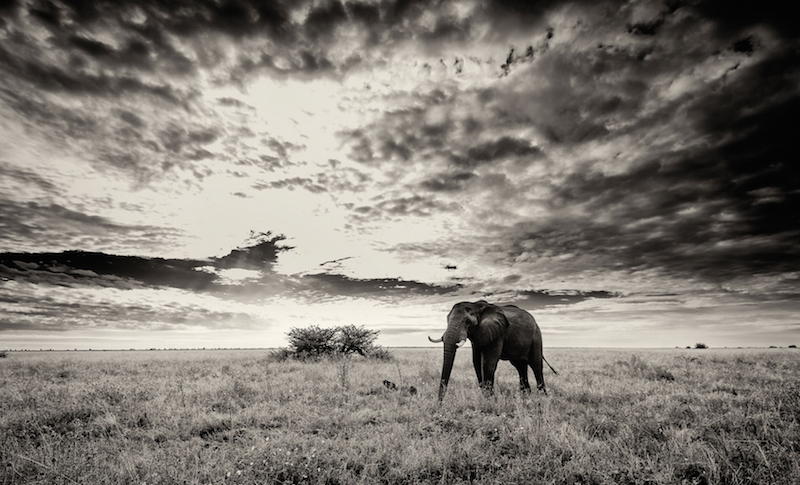
Do you remember a difficult photo shoot session? What happened?
I’ve always said that the more you suffer as a photographer, the better the photograph will typically be. I think the most difficult photo session was during observing the muskoxen last February in Norway. After a 4 hours walking in the snow, I was a bit exhausted, cold and uncomfortable. But you’ve to challenge yourself and always push the limit to create images that you’ll remember forever and get THE shot. That’s why difficult shootings are so rewarding.
What do you carry in your camera bag?
It depends of the destination and the purpose of the shooting. For outdoor photography I’m travelling with my Sony A7r and A6000 coupled with the Sony FE 70-200, Sony FE 24-70 and the new amazing Sony FE 16-35. It gave me the ability to travel light without compromising image quality. After a long day of trekking your back will thanks your light equipment. On wildlife shooting, I primarily shoot with a D4s coupled with a AF-S 500mm and a Sony A77II or Nikon D810 with a 70-200mm. I rarely use flashes because I’m not a fan of artificial light. Some photographers use to work with flashes even in wildlife photography, making the animal even more stress and breaking the natural comportment that’s why I avoid them completely.
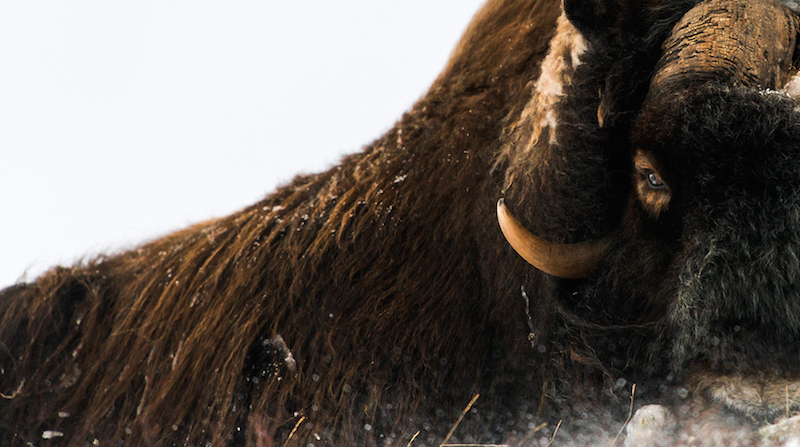

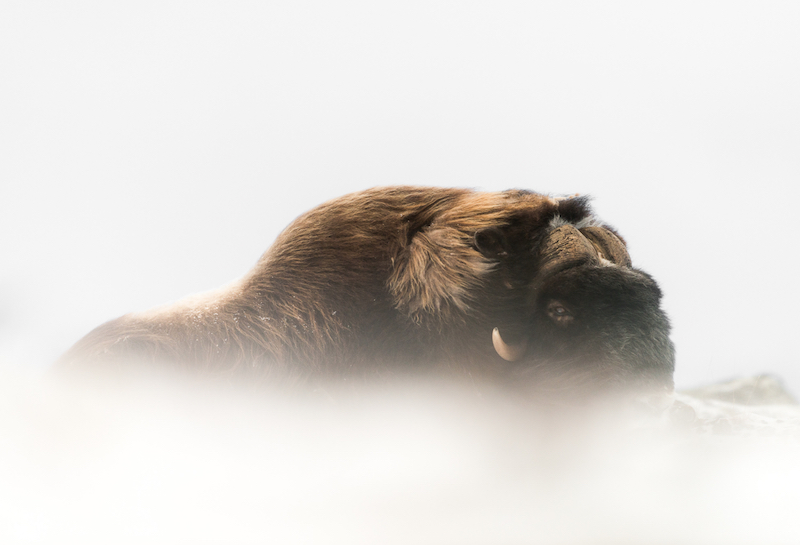
Do you have a favorite subject to shoot?
Well, I love both outdoor and wildlife photography, giving me the opportunity to be outside. I think I couldn’t work in a studio, I’ll get completely crazy. I have a fascination about mysterious animals such as the muskoxen, the wild brown bears and the leopards. The ones that are difficult to find require patience and challenge, living in remote locations.
Do you have a favorite location and time of the day to shoot?
My favorite location are the wild place in the morning. Just waking up and seing the fabulous sunshine of Namibia makes your day. I think Namibia has the most beautiful natural light in the world and I highly encourage to visit this fabulous country!
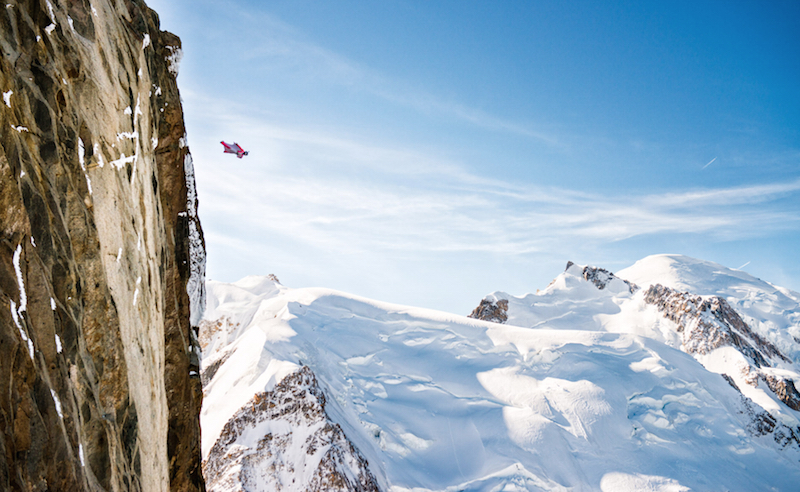
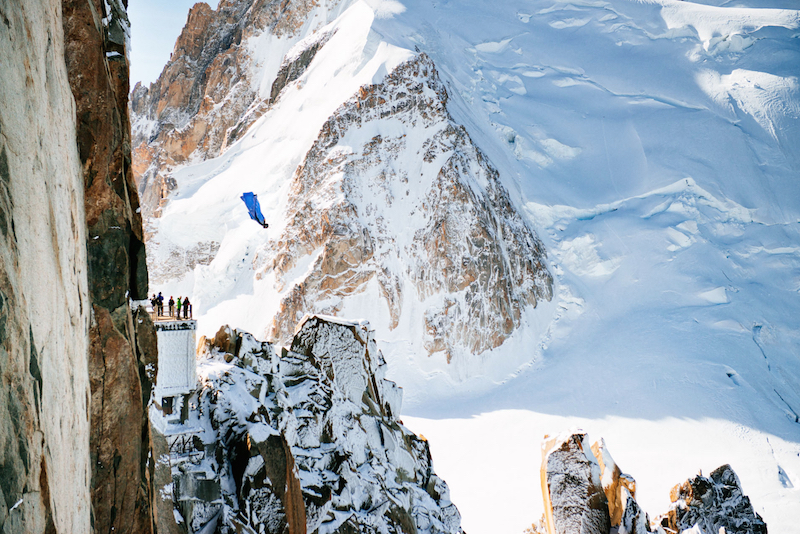
What are you currently working on?
I’ll be off to Brazil in a couple of weeks to shoot some outdoor sports and landscape using drone, then in February I’ll be travelling to Norway shooting my beloved muskoxen and then fly to Iceland for some winter scenes. Finally in March I’ll be travelling to Botswana again in the Okavango Delta. Then I’ll see where the time will drive me.
Can you share a couple of tips with your fellow photographers?
Well first get ready to wake up early, even in vacation! Light can change a photography from a good shot to a incredible shot! What you’re travelling really choose what you want to see and be focused on. ou can’t see everything in one visit. I always tell to my friends that it is better to be concentrate on a small part of the country than travelling all around the country. In my opinion if you really want to know a country you visit it minimum two times. And last one: shoot, shoot, shoot! Today in digital photography you’ve the chance to be able to take as many photos as you wish! So practice and shoot!


